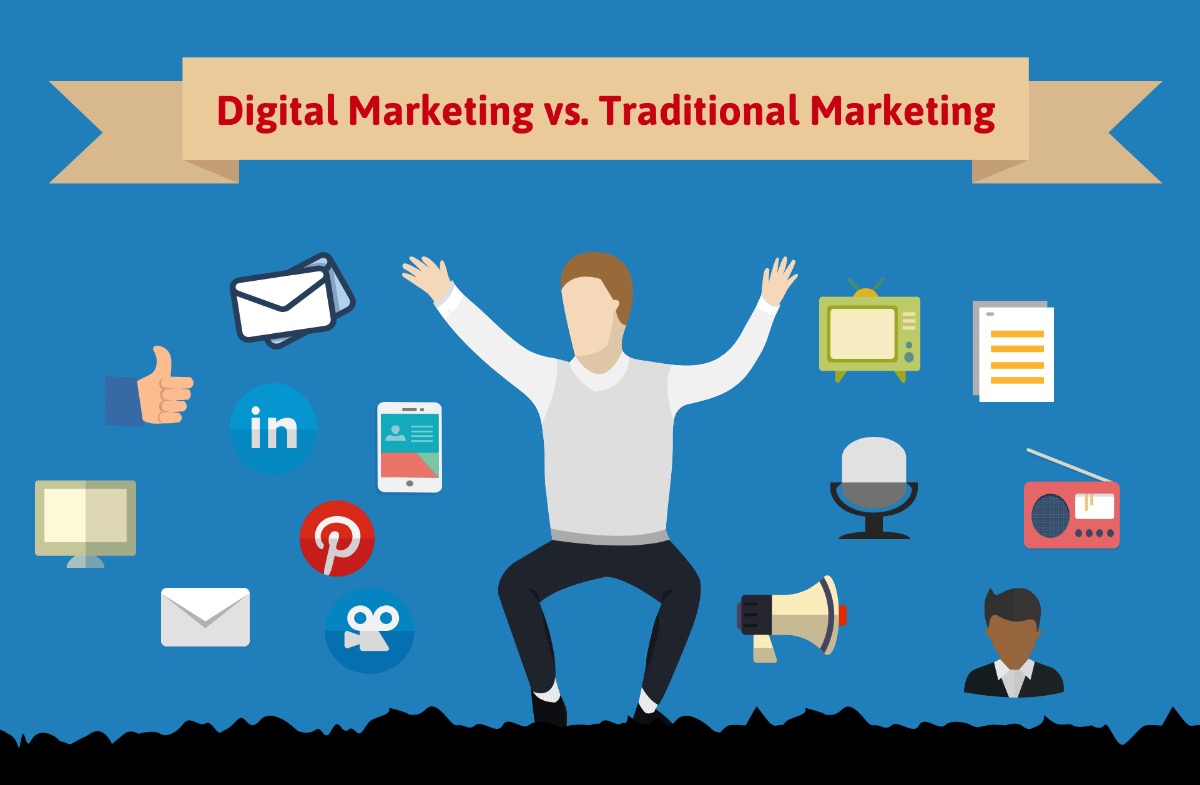The Top Indicators that Your Web Content Needs a Rework

It’s tempting to breathe a sigh of relief when your website goes live. Maybe just a few bug fixes and some product page updates, but otherwise you don’t have worry about it, right?
Not exactly. A website is an ongoing project – just look at how important mobile updates have become – and this is also true of your web content.
But how do you know when your web content needs to be updated, and what exactly to do with it? We’ve got some clues for you. These indicators could mean your content needs a revision to help with SEO and page ranking.
Information Just Isn’t Correct Any More
You might be surprised just how much this happens when businesses let their websites idle for a few years and then take a closer look. Products change, teams change, owners change, prices and packages change…things don’t stay still in the business world, and your website should reflect that. If your descriptions and details have fallen behind, you need to update them and create a plan to make sure future updates go through when things change. Your website isn’t just a placeholder! It’s a dynamic place where many visitors will be making purchasing decisions based on what they find there.
Too Much Text, Especially on Landing Pages
People don’t like being overwhelmed with text the moment they land on a website. It doesn’t matter if you’re talking about blog posts, service explanations, About Us sections, or your Home Page. If they see a wall of text, they’re going to lose interest very quickly. You can replace sections of heavy text with friendly menus, headers and unobtrusive graphics that help to summarize important points and break up text without going into too much detail right away. Brevity is the soul of wit – and friendly landing pages.
Your Content is Based on Fading Technology
This is another issue that we’ve seen on business websites that started strong with a variety of good content, but haven’t updated much in several years. This may be fine for many types of text content, but more visual content doesn’t fare as well when left unattended.
For example, years ago, many videos and animations were published via Adobe Flash. Today, Flash is rarely supported and will soon be left behind entirely, largely replaced by HTML5. Businesses that still depend on Flash for their video content are disappointing a whole lot of visitors! It’s important to keep up with website evolution and how content is supported.
Your Posts Have Declining Traffic and High Bounce Rates
Monitor traffic to your content, and look for worrying patterns. Are your posts seeing declining traffic even as you are posting new content? Do you see worryingly high bounce rates for your industry? These are signs that your current content isn’t cutting it. There are many changes you can make to help your content perform better in analytics, but here are a few places to get started:
- Answer questions: Structure your headers and content as answers to common questions. Visitors tend to respond well to this, and it will help your search engine optimization.
- Provide information: Every post you make should contain nuggets of valuable information that visitors can use to make better decisions or learn something new.
- Interesting visuals: Back up what you are saying with an image or photo to help generate interest and prove your points. When confronted with only plain text, today’s audiences tend to lose interest fast.
- Make things lively: Replace static headers and intros with versions that use more active verbs and lively descriptions. Give readers a reason to stick around!
Changes like these can help revitalize your content. Try some revisions and then watch your bounce rates and other indicators to see if things improve.
You are Using Keywords Too Often
Keyword stuffing is an infamous problem – and we should all know better by now! However, sometimes older posts and posts made without proper SEO analysis still fall into this trap. Your titles and headers should never use multiple keywords. Likewise, meta descriptions, URLs and other descriptive settings should stick to just one keyword. This is also true of the body of your content! If you try to cram multiple keywords into a small space, it won’t read very well – and Google will derank your site for spammy SEO practices.
If you aren’t sure if your older content has these mistakes, create a digital marketing plan to go through and revise accordingly. This can help your ranking and readability.
Your Keywords are Showing Poor Traffic
Take a close look at your analytics for web traffic, particularly organic traffic. Sometimes businesses find that their keywords are getting pretty poor traffic because they are chosen at random, and alternative keywords could see much better results with a little substitution (this may take some time to reap results, but the effort is almost always worth it). Other businesses may find that they tried to use very popular keywords, but went too generic and are losing traffic because the keywords are getting lost in the internet noise. In these cases, switching to more specific keywords can be a big help.
All Your Content is Super Short
Increasingly, Google rewards longer, richer content with a wealth of information. While no one likes to see a wall of text, super short content without a lot of information can damage your website ranking. A better practice is to intersperse short content with longform articles that dig deeper into a particular subject or provide in-depth guides on your products and services. If all your blog posts are just a few hundred words of generic content, it won’t reflect well on your brand, and you will miss out on valuable optimization options!
All Your New Content is News Updates
This is another problem that businesses may fall into when they don’t really have a blog strategy in place. It can become easy to merely update a blog with brief announcements of the latest news for the company. But that’s not what the modern blog is for (news pieces may do better on newsletters and social media posts). Businesses need informative content that can engage and instruct visitors, and company updates can’t really accomplish that.
We understand that going back and trying to flesh out every news update can be a major challenge. However, businesses should at least revise their blog strategy to include different kinds of content to encourage the audience they want to see.
Content is Hard to Read on Mobile
Sometimes even when the website layout is optimized for mobile, the content may still need to be tweaked. If content is difficult to read on a mobile device, look at choosing a different font size, breaking up text into smaller chunks, and adjusting your responsive design to pick the right viewing options for reading content. Blue Atlas can help you with a better mobile app plan if you aren’t satisfied with your current results.
Your Linking Practices Are All Over the Map
Too many internal links, links to poor quality sites, broken links…problems with linking can be a challenge, especially with older content where the links haven’t been checked in years. Fortunately, link audit tools can quickly spot issues and making revising your content links much easier. If you haven’t run one of these audits before, we highly recommend it. You might just need what we call a link building boost!




